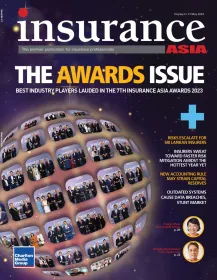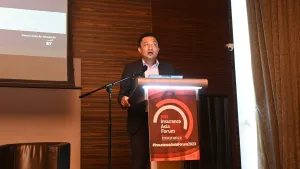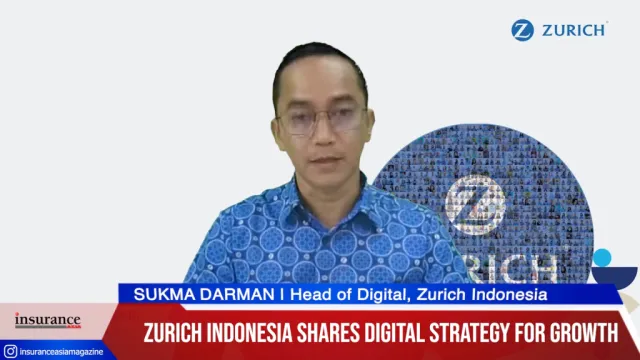
APAC insurers can weather equity markets' decline: S&P
This assessment took into account the forecasted one-year earnings and lower capital charges.
\Asia-Pacific (APAC) Insurers can withhold up to a 10% decline in regional equity markets, says S&P Global Ratings.
In a stress test conducted by the credit rating agency, results indicated that potential losses resulting from a decline in the equity market could negatively impact the earnings and capital adequacy of insurers in the region.
“This would affect the financial risk profile assessment. A weaker financial risk profile assessment could affect the stand-alone credit quality and rating on an issuer,” S&P Global said.
Many insurers would lean toward a “conservative risk appetite” in times of asset investment which supports policyholder obligations.
To assess the potential impact of a decline in equity markets on the capital adequacy and credit ratings of rated insurance companies, the S&P Global Ratings capital model was utilised. Although an insurer's experience in the equity market may vary from that of the country index, it was considered a suitable proxy for the analysis.
In the APAC region, approximately half of the rated insurers maintain a capital level within 10% of the required capital adequacy to support their credit rating. Around 30% of insurers are even closer, within 5% of this threshold.
ALSO READ: 2023 a mixed bag for Asian insurers: S&P
S&P Global targeted insurers most vulnerable to changes in equity markets, where they identified a potential impact on their credit rating in the absence of any management intervention.
The primary line of defence for insurers was their capability to absorb the stress resulting from ongoing operations while minimising the impact on their financial strength rating.
When considering stress specific to each country, S&P Global said all tested companies demonstrated sufficient financial resources, although with reduced flexibility.
The assessment was based on a one-year forecast of income, supplemented by the expected capital buffer retained.
“However, we based our test solely on the equity market stress. The impact on ratings could differ were the test to incorporate other factors such as interest rate rises, widening credit spreads, changes in investment allocations, and other earnings events.” S&P Global added.
In the meantime, the insurance industry remains well-built to take on some moderate equity market volatility, observed S&P Global.











 Advertise
Advertise












